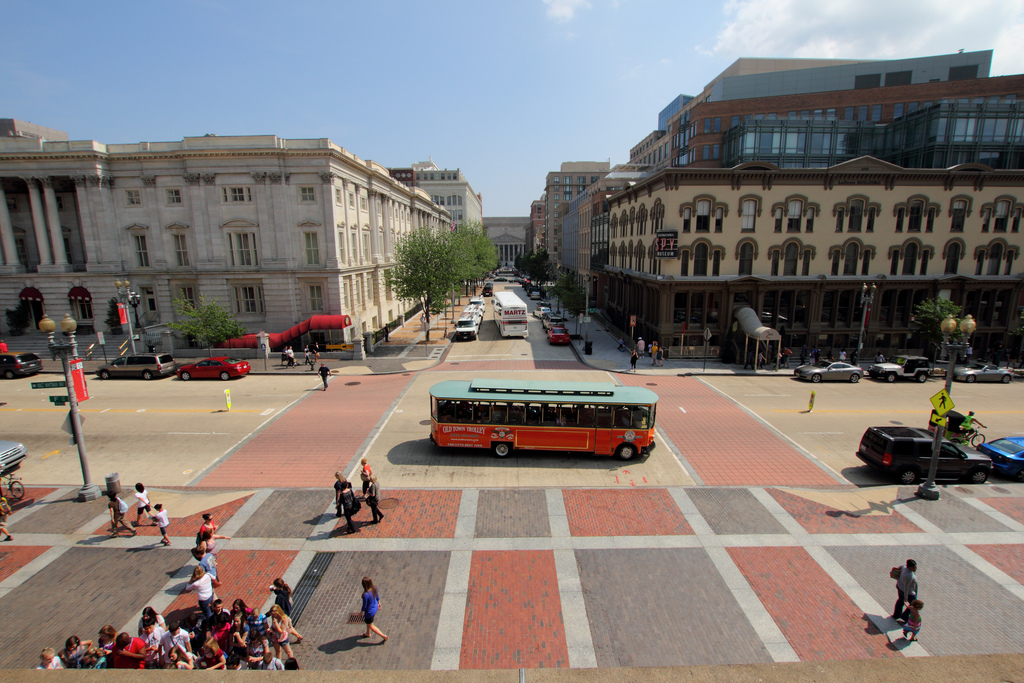Four years ago, I was on a study tour of Washington. I had to see almost all of the District. While talking to the locals, I heard comments about how some areas of the District were not safe. People said you couldn’t go out at midnight, as there might be a high chance of getting robbed. I heard these comments about underdeveloped areas such as Waterfront in Southwest D.C.
When I came back this year, I had the opportunity to live in Waterfront, which scared me at first because I remembered all those comments. Then one day, during a discussion with a neighbor, I heard the word “gentrification.”
Gentrification, a word devised in 1960 by sociologist Ruth Glass, is a famous subject of today’s scholars, writers, media professionals, and policymakers running urban planning and local developments. Glass first used this term when she observed middle-class people moving into London’s traditionally working-class neighborhoods.
When thinking about gentrification, words that come to mind include development, demographic change, urban planning and displacement. It is a positive word when one looks at its definition, but situations on the ground portray the opposite image.
That difference is due to people ignoring the real-time struggle in which many lose their houses and businesses they owned.
Building new infrastructure is a sign of development and development is crucial. But there is a need for sustainability alongside development. Developing a specific area affects its residents and, often, ultimately leads them toward displacement. Each decision affects the local people. In fact, every wise person will agree that gentrifying neighborhoods is a good thing, but the displacement of original residents is not.
Daniel, a 60-year-old homeless man, says that it’s hard to believe that this is the same D.C in which he grew up. By the time he was 30, half of the community that he had in childhood were displaced. Today, the majority of his community members have been displaced to Maryland and Virginia. According to Daniel, the reason was the increase in rent due to gentrification and the influx of rich people into the neighborhood.
It’s not only Daniel who is no longer able to see many of his community members because of displacement. It is also the case for many people in D.C. Most of the low-income population in D.C.’s gentrified neighborhoods has been displaced to other areas where comparative cost of living was not so high.
Ideally, gentrification is appropriate only if it brings sustainability to the area by creating more job opportunities for the locals and affordable housing, and if locals have input in the decision-making process. If it’s not sustainable, it may spell social death for many.
Ilyas Muhammad is the vendor manager for Street Sense Media.




